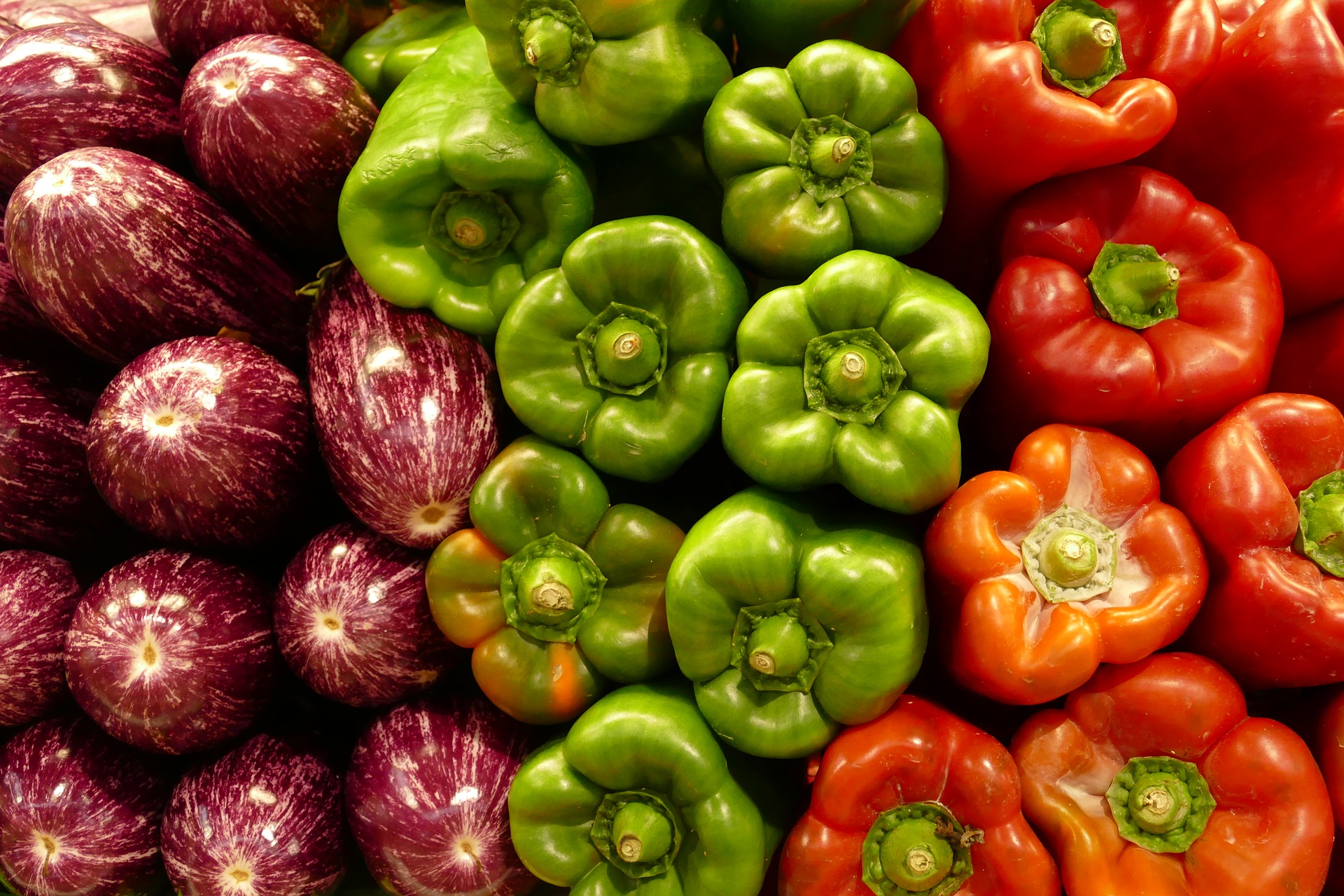From bakeries to zucchini farmers, food and beverage companies are eager to pursue avenues of growth. Many endeavor to jump start these opportunities by embracing modernization and adopting digital strategies. New technologies offer exciting ways to leverage data, engage with customers, and automate processes. As a result, new and innovative ways of looking at products and the supply chain develop, transforming how we do business. While the potential impact of digital transformation is promising, it can also be intimidating. Where do you start? How do you measure success?
To answer these and other critical questions, use this checklist to help guide your successful digital deployment.
1. Define a Clear Mission
Your digital action plan must start with the key mission you hope to achieve. This should be related to the very core of why your organization exists. What experiences and products do you want to offer? You must be crystal clear on this point. Although product and service offerings are often blended today, you need to be able to clearly define your goal. If you can’t articulate your mission, chances are your personnel, partners, and customers will be confused and unreceptive.
2. Invest in Innovative Thinkers
Balancing the workforce between doers and thinkers is important. Every company in the food and beverage industry has a mix of hands-on workers and managers who focus on bottom-line profitability. But you also need the creative problem solvers who can bring imagination and a vision for the future. “If an organization has many scientists, technologists, engineers, or mathematicians, it should add artists, ethnographers, anthropologists, design thinking experts, and story tellers,” says Wang. Different perspectives can spark creative thoughts and fresh approaches to solving business problems. Encourage these individuals from divergent disciplines to form teams and learn from each other.
3. Focus on Business Models First
Conceptualize your business model first, then decide how to execute it. Keep in mind you can have more than one business model and multiple revenue streams. Start from a core objective and then work out what technologies, people, and systems you need to support the model. Multiple layers of partner networks, ingredient suppliers, processors, and packagers may be involved, as well the need to manage seasonal variables. Map these out early and in detail, as these contributors will likely impact the cost of doing business and margins.






.jpg)


.jpg)

